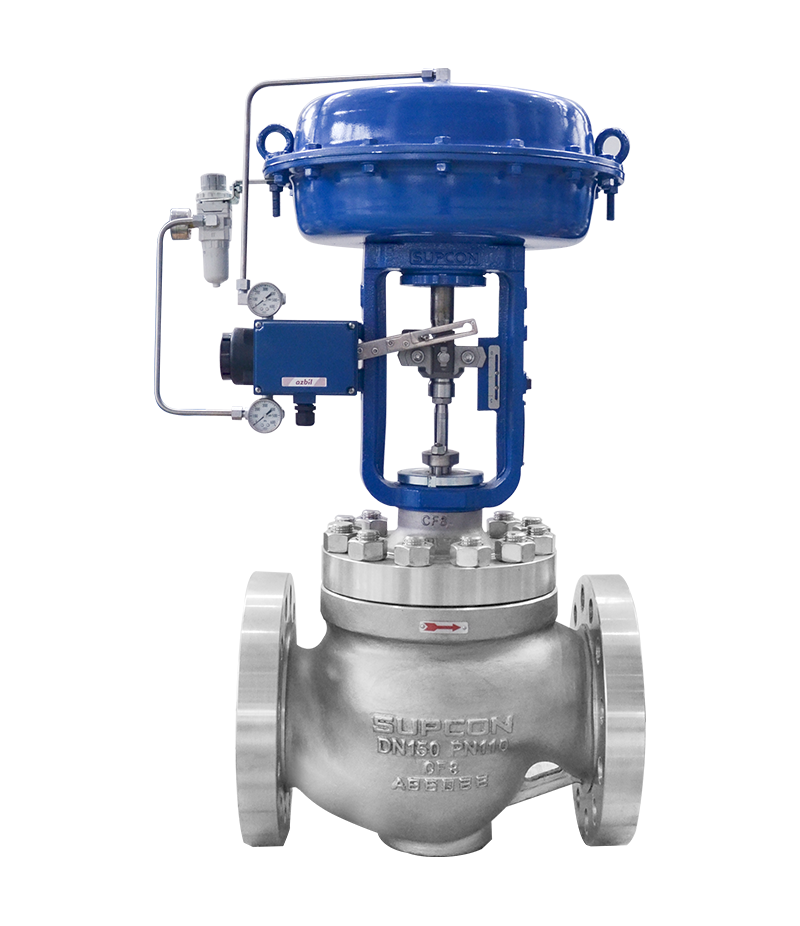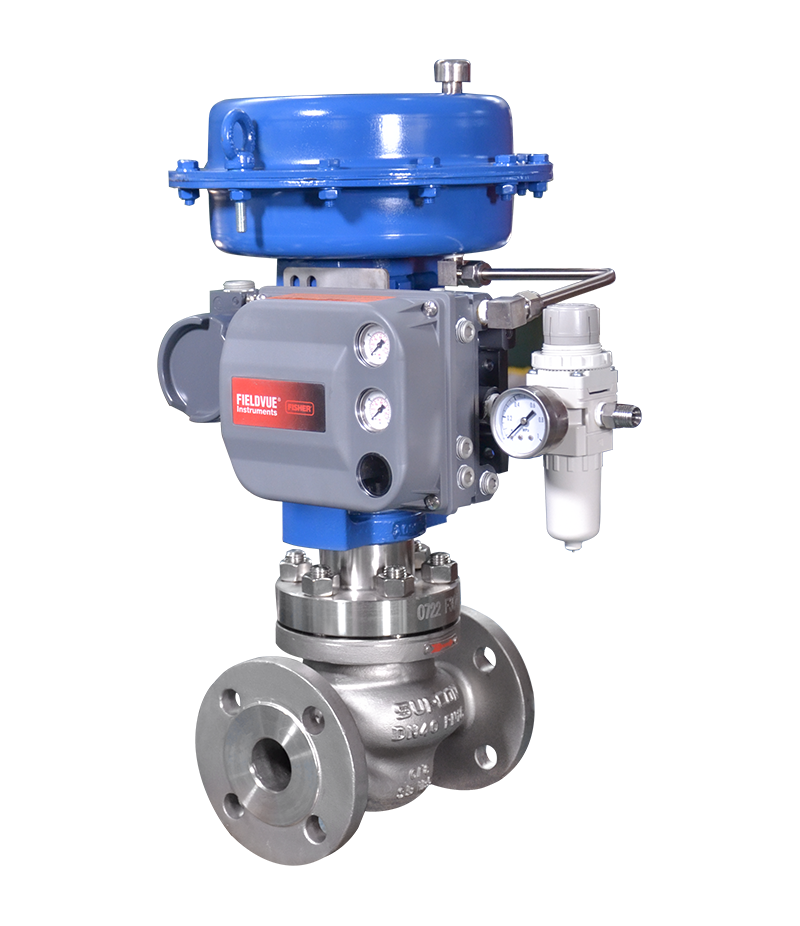Enhancing Functional Performance with Advanced Control Valves
Enhancing Functional Performance with Advanced Control Valves
Blog Article
Achieve Seamless Combination and Control With Quality Structure Automation Controls
In the realm of modern structure monitoring, the importance of high quality building automation controls can not be overstated. As technology remains to advancement, the integration and control of various systems within a structure have advanced to be extra effective and sophisticated. The smooth procedure and surveillance of lights, A/C, safety, and various other building features have come to be extremely important for improving resident comfort, power efficiency, and general functional efficiency. The trip in the direction of attaining true assimilation and control is a multifaceted one, with factors to consider varying from system compatibility to cybersecurity. Welcoming quality building automation controls is not merely an issue of convenience but a calculated vital for companies intending to enhance their facilities' efficiency and sustainability.

Development of Structure Automation Controls
Throughout the past few years, the advancement of building automation controls has actually substantially changed the means buildings are taken care of and operated. Constructing automation systems primarily focused on standard features such as managing air, home heating, and air flow conditioning (A/C) systems. As innovation advanced, these controls have become much more advanced, enabling for a bigger variety of structure systems to be integrated and managed centrally.
The development of building automation controls has actually seen a change in the direction of more smart systems that can adjust to changing conditions in real-time. This flexibility is vital for optimizing power effectiveness and guaranteeing resident comfort. Additionally, modern building automation controls now use features such as predictive upkeep, remote tracking, and information analytics, enabling center supervisors to make data-driven decisions to improve building efficiency.

Advantages of Quality Assimilation
The development in structure automation regulates towards even more intelligent systems has underscored the significant advantages of quality assimilation in maximizing structure operations and enhancing overall effectiveness. Quality combination of developing automation controls uses numerous key advantages. It leads to improved energy performance by permitting various systems to work with each other perfectly, making sure ideal efficiency and reducing power wastefulness. High quality combination enhances passenger comfort and productivity by making it possible for personalized control over ecological settings like air, temperature, and lighting quality. This modification can result in an extra comfortable and helpful working or living setting. In addition, top quality assimilation simplifies upkeep and fixing procedures, as all systems are adjoined and can be kept track of and regulated from a centralized user interface. This centralized control also supplies much better exposure and insights right into building efficiency, making it possible for aggressive upkeep and optimization approaches. Overall, the advantages of top quality combination in building automation controls description are indisputable, offering increased effectiveness, convenience, and operational effectiveness.
Boosted Individual Experience and Access
Enhancing customer interaction with building automation controls via user-friendly design and enhanced accessibility raises the general experience for residents and center managers alike. By concentrating on user experience, building automation systems can come to be extra reliable and straightforward. Instinctive user interfaces, clear navigation, and personalized settings encourage customers to connect with the controls conveniently and successfully.
Access features play an important role in making sure that all people, including those with handicaps, can utilize the structure automation controls easily. Incorporating functions such as voice commands, responsive switches, and color-contrasted screens can boost ease of access and make the controls a lot more inclusive.
Furthermore, improved individual experience causes higher user satisfaction, raised efficiency, and much better decision-making. Passengers can adjust environmental settings according to their preferences, while facility managers can effectively take care of and monitor structure systems - control valves. Overall, focusing on user experience and availability in building automation controls adds to an extra productive and smooth structure environment for all stakeholders included
Sustainable Practices Via Automation

In addition, automation can promote the combination of eco-friendly energy resources such as solar panels or advice wind turbines into building operations. Through automation, buildings can align with modern-day sustainability objectives and contribute to a greener future.
Future Trends in Structure Control Equipment
In anticipation of developing and advancing modern technologies sustainability methods, the trajectory of building control systems is poised to accept transformative methods and ingenious services. One noticeable fad shaping the future of building control systems is the boosted combination of Expert system (AI) and artificial intelligence. These innovations allow learn this here now buildings to adjust in real-time to changing conditions, enhancing power intake and boosting comfort for passengers. Additionally, the Net of Things (IoT) is transforming structure control systems by attaching sensors and tools to improve procedures and boost efficiency.
One more vital trend is the focus on cybersecurity steps to shield against prospective threats to building automation systems. As structures end up being a lot more interconnected, guaranteeing durable cybersecurity procedures will be vital to safeguard sensitive information and stop unauthorized access.
Additionally, the shift towards cloud-based platforms is acquiring energy, permitting streamlined control and remote accessibility to structure systems. This promotes simpler monitoring, upkeep, and updates, boosting the overall performance and versatility of building control systems. As innovation proceeds to breakthrough, these trends are expected to shape the future landscape of building automation controls, driving technology and sustainability in the built atmosphere.
Final Thought
Future fads in building control systems are most likely to focus on additional enhancing automation capabilities for enhanced energy performance and overall performance. It is crucial for structure owners and drivers to prioritize the fostering of quality building automation manages to maximize building operations and accomplish long-lasting sustainability objectives.
In the realm of modern building monitoring, the importance of top quality building automation controls can not be overemphasized. Overall, the evolution of structure automation controls proceeds to drive innovation in the building monitoring sector, using new possibilities for developing smarter and extra sustainable structures.
The improvement in structure automation regulates in the direction of even more intelligent systems has actually highlighted the significant benefits of high quality assimilation in enhancing building procedures and improving general efficiency. Generally, prioritizing individual experience and availability in structure automation controls adds to an extra smooth and productive building environment for all stakeholders entailed.
It is important for structure owners and operators to prioritize the adoption of high quality structure automation controls to enhance building procedures and achieve long-term sustainability objectives. - control valves
Report this page